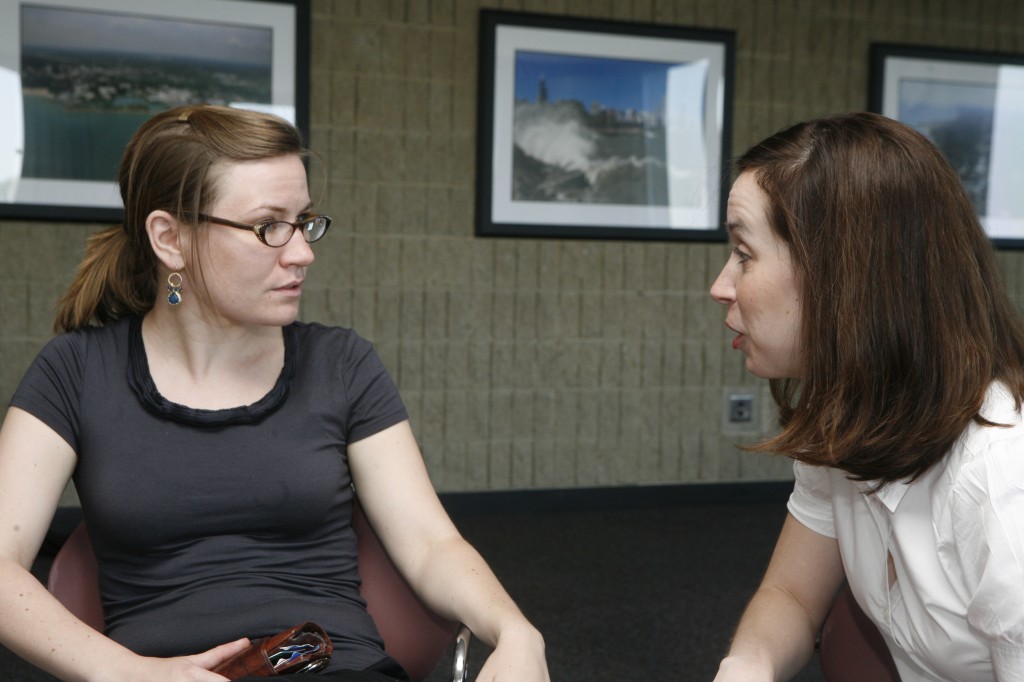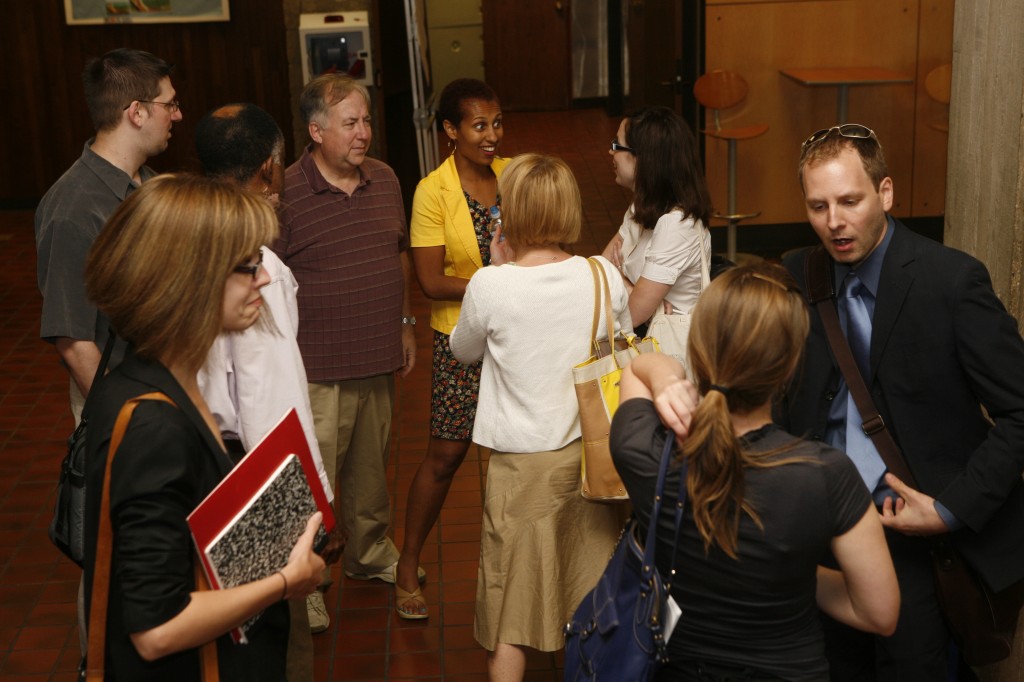I wrote this article for the Mondo Learning Solutions newsletter.
Many years ago, a sappy book declared, “Love means never having to say you’re sorry.” A lot of otherwise smart managers took this a step further, deciding that business and apologies don’t mix. They couldn’t be more wrong.
Customer service has become an essential part of all business these days. We recently did a multi-session awareness-raising project for the IT department of a major university focusing on customer service – although these highly skilled folks rarely deal with anyone outside of their own organization. Even those who never ring a register or shake hands with a client need to know how to fulfill the expectations of everyone they encounter in the workplace.
And when – occasionally but inevitably – those expectations aren’t met, you’ve got to make it right. Good relationships, quality, reputation, and customer loyalty demand that you do something. And the first thing you should do is apologize.
Your employees might resist. “Why should I admit I might have done something wrong? Wouldn’t I open myself up for blame, attack, maybe even liability?” you might hear. Here’s how to explain to them what a real apology is all about.
What an apology isn’t.
A real apology has nothing to do with accepting blame. It doesn’t assure the customer you’ll pay for repairs. It doesn’t even mean you’ll take responsibility for fixing the problem. (If you do take responsibility, that’s another statement that comes later, after you apologize.)
What an apology is.
A real apology is nothing more than a sincere acknowledgement that your customer isn’t satisfied. It’s a statement that you recognize your customer’s feelings, and that you wish he or she felt better about the situation. That’s all.
Examples: “I’m sorry you were inconvenienced.” “I’m sorry you feel you aren’t getting enough information.” “I’m sorry you’re having a hard time.”
Another word for recognizing the other person’s emotions is empathy. You don’t have to join in the emotion or even agree that it’s justified. But you should let your customers know that you’re aware of their frustration, anger or disappointment – and that their trouble means something to you.
Customers love it.
An apology shows your customers and colleagues that you care about how your work is received – that you want them to have a good experience working with you. Above all, that you’re on their side. So rather thanaccepting blame, a sincere apology helps defuse blame. The customer stops seeing you as the problem, and starts seeing you as an ally in finding a solution.
It’s how you say it.
Make sure it’s sincere. Remember that apologizing actually puts you in a position of strength: it takes a big person to respond to criticism by being open rather than defensive. So take a moment to look at things from your customer’s point of view, and then speak with empathy.
Watch out for the “non-apology.” (We hear politicians make these all the time.) Those run something like this: “If anyone was offended by what happened, that wasn’t the intention, and the entire situation has been blown out of proportion.” This attempted apology fails on all counts: no acknowledgement of feelings, no openness, and no personal connection.
An apology is more powerful if you put yourself into it. Use an “I” statement, such as, “I’m sorry you’ve had such a frustrating time with this,” rather than, “These things can be frustrating.” Remember, people want to feel that you’ll work with them to help resolve the situation. Impersonal statements won’t create that trust.
First apologize, then investigate.
As soon as you hear a complaint, apologize. Don’t wait until after you explore what happened, who did what, and what the solution might be. You’ll get the information much more easily if your customer knows that his or her feelings are acknowledged and respected.
Just do it.
So give it a try! You’ll find that you end up with better communication, more effective problem solving, and, best of all, more satisfied customers.
The best way leaders can teach employees to apologize is by example. Recognize that an apology is a sign of strength, and give them yourself when circumstances demand it. You’ll create trust and good will – and you’ll also jump-start a culture of responsibility, kindness, and excellence. Big return for a few small words.


